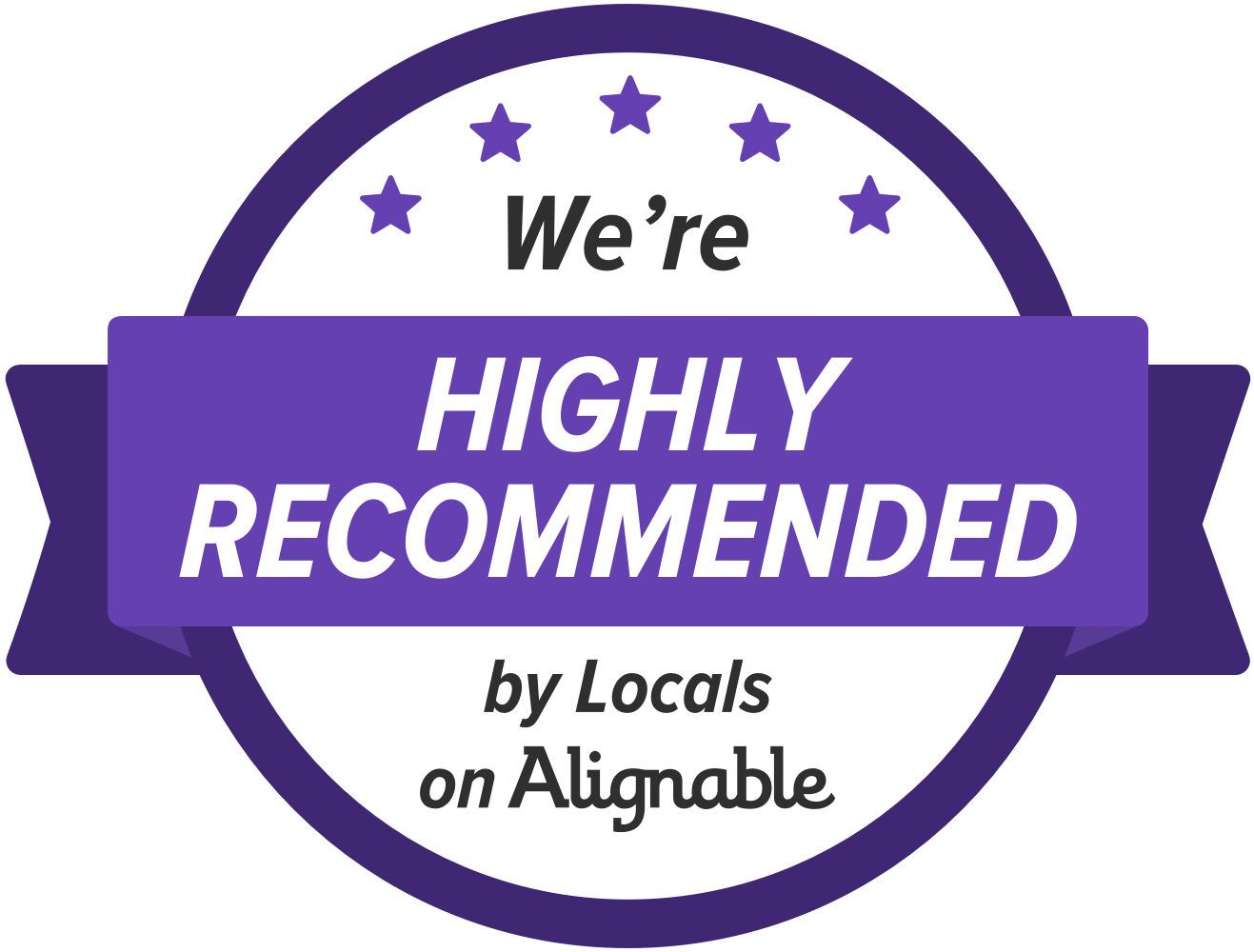
There are a number of advantages of internally linking your blogs. These include better search engine optimization (SEO) and a stronger link profile. Moreover, internal links will help you control the flow of traffic to your site. They help your readers find what they’re looking for and improve user engagement.
Contents
Internally linking: Guide the user throughout your site
Internal links are hyperlinks that guide the user to another site within the same domain. They are useful for SEO purposes because they pass authority and context from the source to the destination page. Google is continuously improving its algorithm to recognize these links. Today, the search engine does not just look at the anchor text of the links, but also extracts information from the words that surround them. The more context a link has, the better.
The first thing to remember is that internal links should be spread throughout the page. Also, make sure your links are “do-follow”. This will help Google find and index the most important pages on your website. Also, be sure to place them in a natural way – not in a CTA (Call to Action) box. The context in which you place each link matters, and most SEOs believe that links placed within the body copy will get more weight.
Secondly, internal links help Google understand the structure of your site. By placing links to pages within your website, Google can easily understand the structure of your site and its hierarchy. If your site contains pages with similar content, the search engine will prioritize those pages higher on the site
Internally linking: Helps Google understand the most important pages on your website
When creating internal links, it’s important to use anchor text that describes the target link. Anchor text is the text that appears on a web page when a user clicks on a link. Make sure to use the target keyphrase in your anchor text to ensure Google sees your link text as relevant.
Internal links can connect pages that are already established and those that are newly created. They should be placed in areas where there is overlap in content. Internal links can also be used to explain complex terms and topics.
Internal links are an excellent way to increase the number of people who visit a page on your website. They show the search engine that a page is important and useful, and they help people find related content on your site. There are a few things you should consider when using internal links.
Internal links: Improve user engagement
Internal links are a powerful way to promote your content and improve user engagement. However, it’s important to use the right anchor text. Anchor text should be natural and readable and should not contain keywords. The text used for internal links should be relevant to the topic of the content. There are a number of ways to optimize your anchor text. If you’re unsure of how to do so, follow these guidelines:
When creating internal links, consider your users’ journey. For example, if you’re selling a product online, you can offer more information before directing them to your call to action. You can also provide links directly to a product’s page to make it easier for users to buy. It’s best to include internal links about three to four times per page.
In addition to increasing user engagement, internal links can improve search engine rankings. The PageRank algorithm weighs the value of links to determine the ranking of your pages. The more relevant your internal links are, the better for your ranking. Furthermore, internal links will increase your website’s authority and link equity.
Internally Linking: Helps you control the flow of traffic
One of the best practices is to internally link your blogs. Linking within your blog will make it easier for your readers to find specific content. Make sure to link to relevant content and provide valuable information. You can use Google Tag Manager or Interlinks Manager to track the performance of your internal links.
Internal links help to increase the volume of traffic to your blog. They also help pass on link authority. This will help your blog and the linked pages rise in search results. This strategy also helps you control the flow of traffic on your blog. It will increase the overall value of your blog.
Internal linking can also improve your bounce rate. The lower the bounce rate, the more likely visitors are to visit other pages. This shows that your site is relevant. The best part is, you can do this for free. It takes very little time, resources, and waiting time.
Even with this information it can be hard as a business owner to keep up with internal linking and SEO. Luckily, that’s where Greenhaven comes in. We know you’re amazing, and we want to the world to know it. We employ writers, coders, UX designs and more to ensure that your website reflects who you are, what you’re about, and why clients should choose you.
Get started today with Greenhaven Interactive! Check out our Portfolio for case studies on what we’ve done for others!





